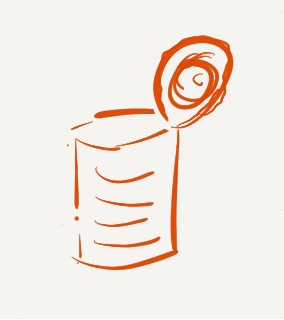Chargebacks are unavoidable once you accept credit card payments. Chargebacks are similar to refunds where a customer returns an item and the business refunds the purchase amount. However, there are major differences between the two.
The Banks – Judge and Jury
A business has the discretion to accept a return or not and the leeway to negotiate a cash refund or an exchange with the customer. Under a chargeback, the customer makes a claim against a purchase but the business does not have the final say. The banks decide if the purchase amount is returned to the cardholder. In the majority of instances, it is.
Higher Claims. Higher Losses
Compared to refunds, chargeback claims are higher due to increasing fraudulent transactions associated with online transactions. The potential for higher claims leads to the potential for higher losses.
Account Restrictions
The typical chargeback rate per month is less than 1% of transaction volume. That is the number of chargeback transactions divided by the total transactions for a period. High chargebacks over consecutive periods could lead to restrictions on the merchant account or closure.
High Cost
Merchants pay a fee for each chargeback. The chargeback fee varies depending on the financial institution. In addition, the merchant may incur an additional administrative cost to provide supporting information to the bank to investigate the claim.
Longer Resolution
A refund may take minutes or a few days to settle. However, the chargeback process can take 6 weeks to 6 months.
The merchant is at a disadvantage when it comes to chargebacks. However, all is not lost. Merchants can limit chargebacks by following best practices and being proactive.

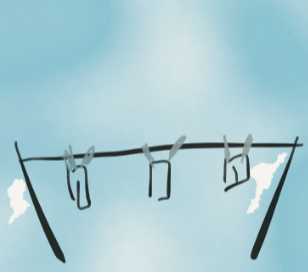
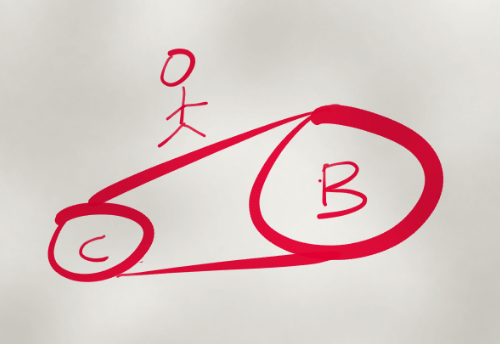

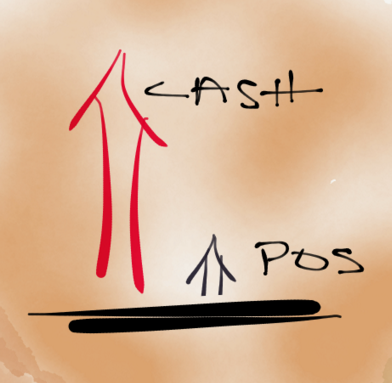
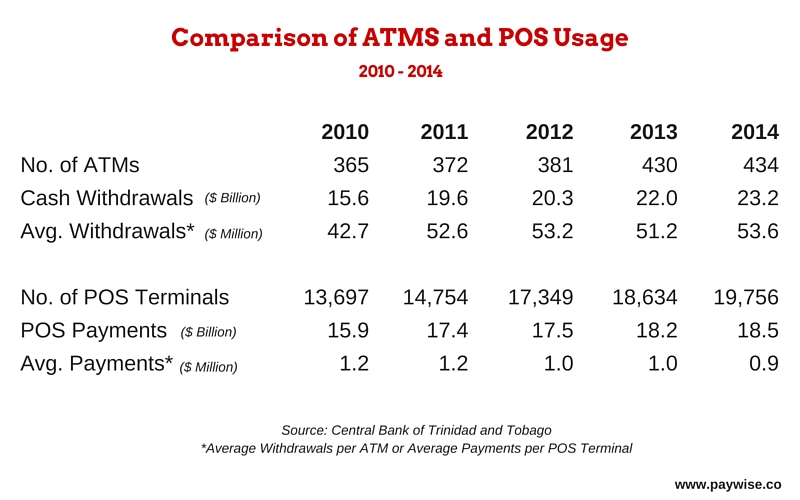



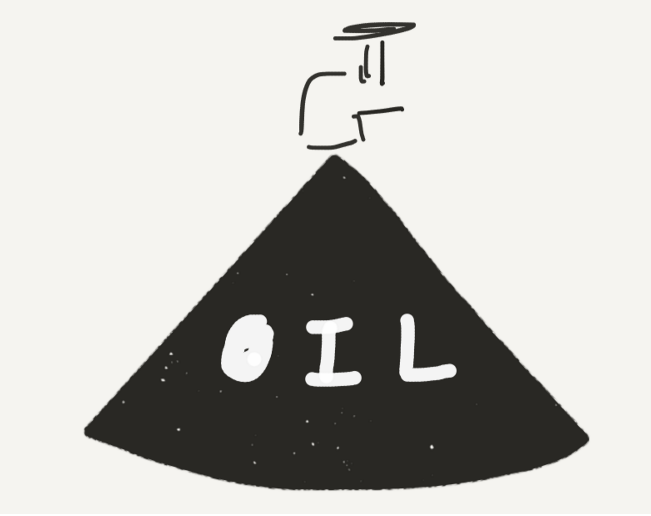 So we are in a recession. Workers are being laid off, people have less to spend and businesses are feeling the pinch. It will get worse.
So we are in a recession. Workers are being laid off, people have less to spend and businesses are feeling the pinch. It will get worse.